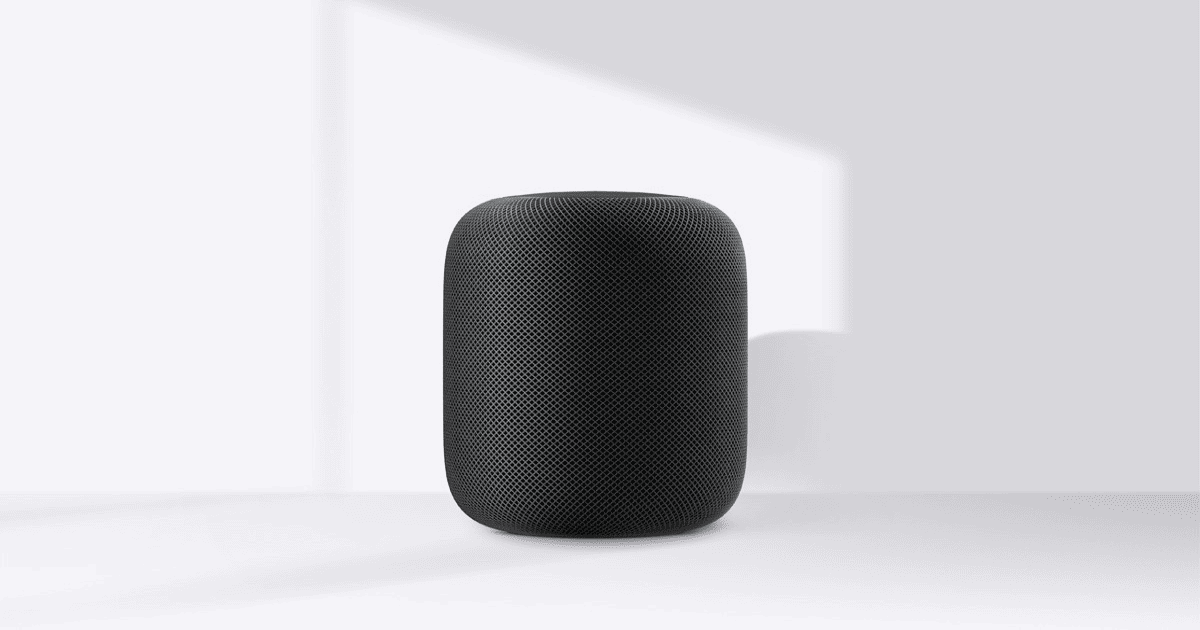If you use a smart speaker to wake up and control your TV, you could be adding an extra US$200/year on your electricity bill.
Smart Speakers & Power
By themselves, both smart speakers and TVs are fairly energy efficient. Smart speakers only cost about US$1.50-US$4 of electricity per year. But using a smart speaker with a TV increases the latter’s standby mode from less than 1 watt to about 20 watts constantly.
The National Resources Defense Council (NRDC) published a study [PDF] with Pacific Crest Labs to figure out the power usage of these devices.
| Product | On-Mode Power (Watts) | Standby Power (watts) | Annual Energy Use (kWh/yr) per Model |
|---|---|---|---|
| Google Home Mini | 1.7 | 1.4 | 12.3 |
| Amazon Echo (2nd Gen.) | 2.4 | 1.6 | 15.2 |
| Google Home | 2.2 | 1.9 | 17.1 |
| Apple HomePod | 5.9 | 1.9 | 21.6 |
| Harman Kardon Invoke | 4.2 | 3.8 | 33.4 |
The increase is only seen from smart TVs that can be awakened and controlled with voice commands from a smart speaker. The researchers examined 2018 streaming video devices like Amazon Fire TV, Apple TV, Google Chromecast Ultra, and Roku Ultra.
|
ON-MODE POWER (WATTS) |
STANDBY POWER (WATTS) |
TIME TO HOME SCREEN (SEC.) |
ANNUAL ENERGY USE (KWH/YR) |
|
|
Amazon Fire TV |
2.3 |
0.9 |
1.8 |
11 |
|
Apple TV |
2.9 |
0.7 |
6.7 |
12 |
|
Google Chromecast Ultra |
2.6 |
2.2 |
1.0 |
20 |
|
Roku Ultra |
3.3 |
2.7 |
6.2 |
25 |
Ultimately, they found that If this trend continues without improvements to these devices’ energy efficiency, national television energy use could grow by the equivalent of three to six large power plants’ worth of electricity and increase consumer electricity bills by US$1.3 billion to US$2.5 billion per year.
Further Reading:
[Gates Foundation Hires Health Expert From Apple]
[Def Con 2019: Lightning Cables That Can Hack Your Computer]
